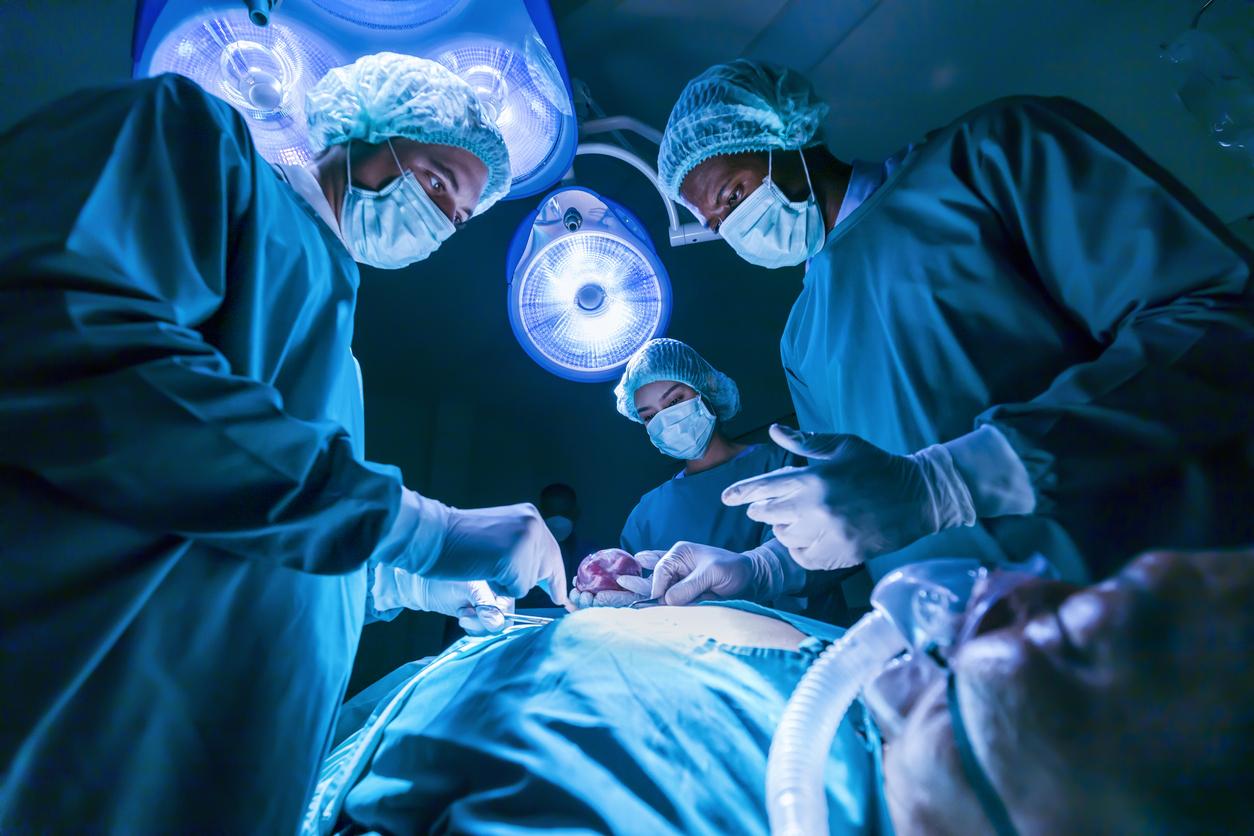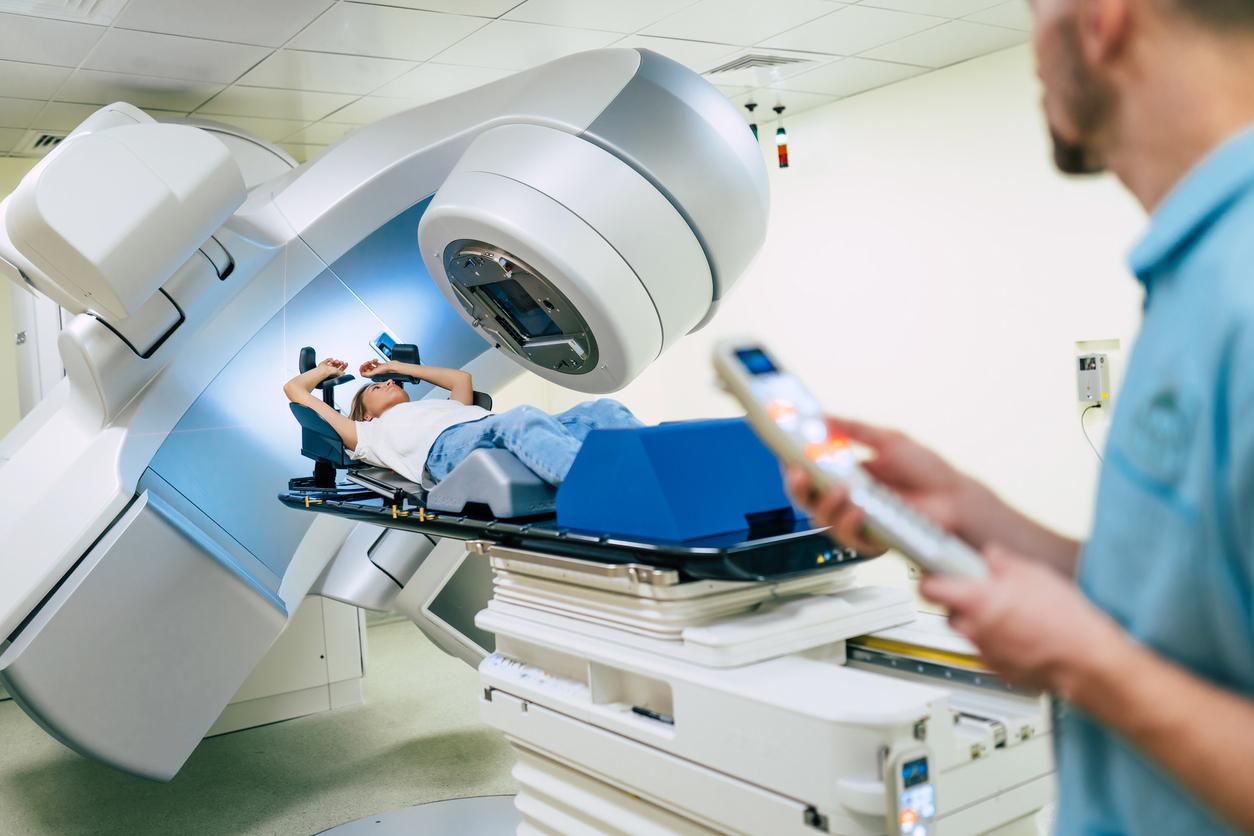In France, women carrying a gene predisposing to breast cancer, such as Angelina Jolie, are a minority to have a mastectomy.

Angelina Jolie’s mother died at age 56 from breast cancer. This death led the American actress, carrier of the BRCA1 gene predisposing to breast cancer, to perform a double mastectomy. In France, doctors would no doubt have proposed another protocol to the actress before resorting to an ablation of the breasts.
The prescription of BRCA genetic analysis is very limited. It is offered to women who have 3 members of the same parental branch who are victims of these cancers. Result, out of the 22,489 genetic consultations carried out in France for breast-ovary syndrome, 9,627 resulted in a genetic examination. And less than 5% of women carrying these genes opt for a mastectomy, compared to 33% in the United States.
Listen to Prof. Dominique Stoppa-Lyonnet, Head of the Oncology Genetics Department at Institut Curie
How can we explain such a difference? The National Cancer Institute (Inca) has set very specific recommendations for health professionals. This treatment is coordinated and conducted by an attending physician as part of oncogenetics consultations. They work within a multidisciplinary team
For women with defective genes, active surveillance is set up with regular management of breast risk. This clinical breast follow-up is biannual and must begin at the age of 20 years.
Breast radiological monitoring begins at the age of 30. It consists of carrying out, over a period not exceeding 2 months, a mammogram, and an ultrasound in case of dense breasts, and an MRI examination. This radiological monitoring must be carried out on an annual basis. And in the state of current knowledge, there is no time limit for this clinical follow-up.
In a minority of cases, mastectomy can be an alternative to breast monitoring. Its benefit is maximum if it is achieved after 40 years.
Finally, concerning the ovarian risk, a pelvic ultrasound is performed annually from the age of 35 years. But unlike breast cancer, removal of the ovaries is recommended from the age of 40. This difference is due to the uncertainty of the efficacy in terms of morbidity and mortality of ultrasound.
Small flat in the French system, according to Prof. Dominique Stoppa-Lyonnet, member of the oncogenetic committee of the Inca, it is estimated that to date in France, 1 woman in 500 would have these defective genes. However, only 13,000 women are identified. Almost 120,000 ignore each other!
Listen to Prof. Dominique Stoppa-Lyonnet
.















